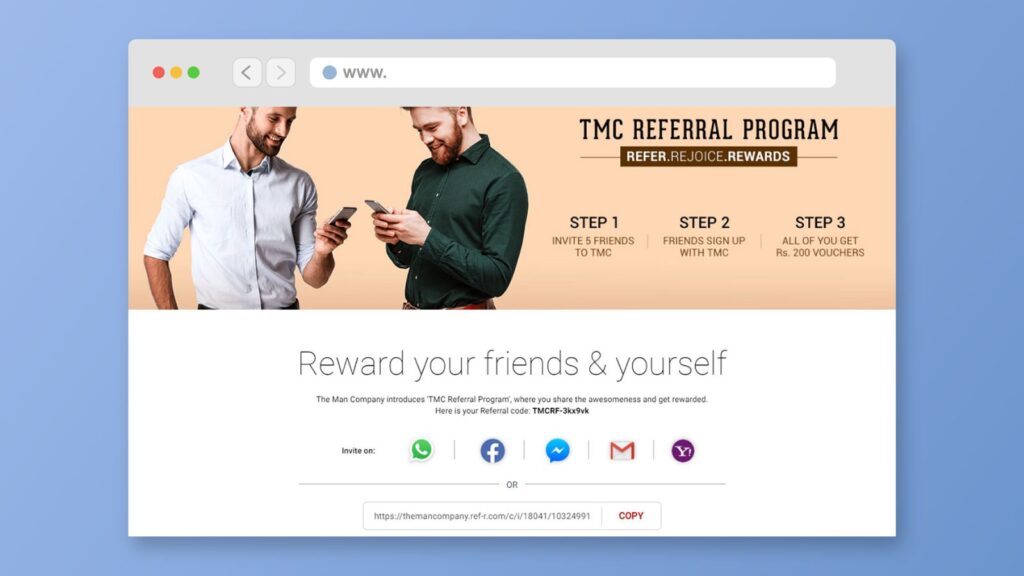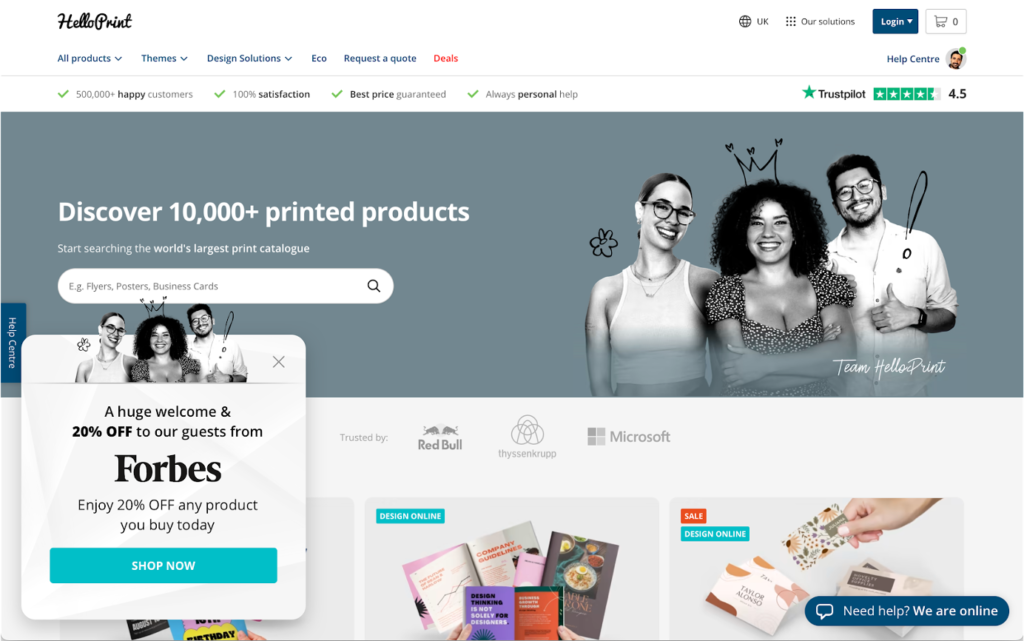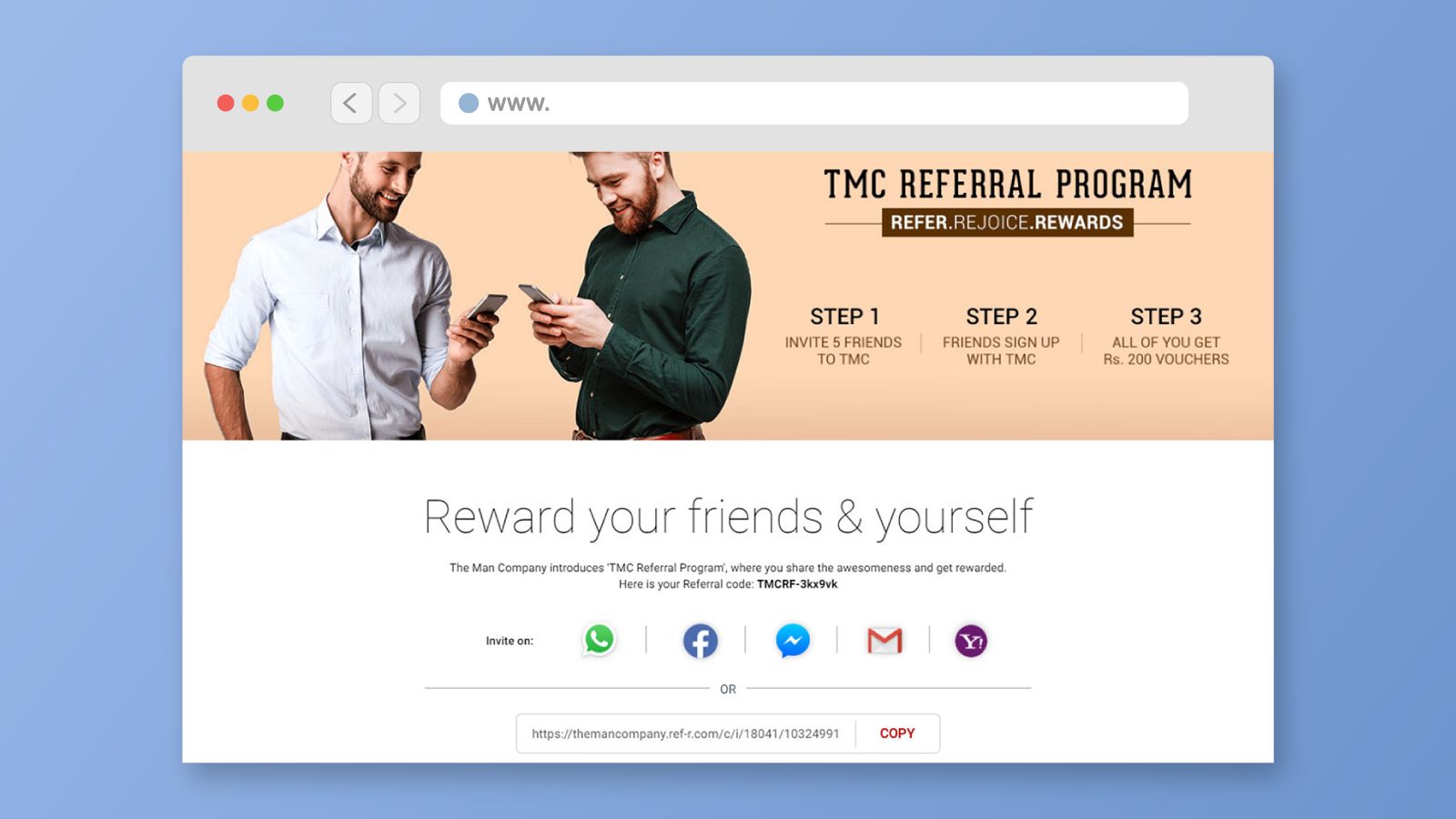
Referral programs have long been recognized as a highly effective marketing strategy for businesses to acquire new customers and drive growth. By tapping into the power of word-of-mouth and incentivizing existing customers to refer others, referral programs can generate valuable leads and increase brand awareness. In this article, we will explore the strategies and best practices for leveraging referral programs to drive new business. From designing compelling incentives to maximizing customer participation, we will provide valuable insights and practical tips to help you harness the potential of referral programs and boost your business growth.
I. Define Your Referral Program Goals
- Identify Your Objectives: Clearly define the goals of your referral program. Are you aiming to increase sales, expand your customer base, or raise brand awareness? Understanding your objectives will help you shape the structure and incentives of your program.
- Set Measurable Targets: Establish measurable targets to track the success of your referral program. Consider metrics such as the number of referrals, conversion rates, customer lifetime value, or revenue generated through referrals. Having specific targets will allow you to gauge the effectiveness of your program.
II. Design Compelling Incentives

- Choose Attractive Rewards: Offer incentives that are valuable and appealing to both the referrer and the referred customer. Consider discounts, freebies, exclusive access, or loyalty points as potential rewards. Ensure that the incentives align with your target audience’s preferences and motivate them to take action.
- Tiered Reward Structure: Implement a tiered reward structure to incentivize higher levels of referral activity. Provide increased benefits for customers who refer multiple individuals or generate significant sales. This encourages participants to actively engage in the program and strive for greater rewards.
III. Simplify Referral Processes
- Streamline the Referral Process: Make it easy for customers to refer others by simplifying the referral process. Provide a clear and intuitive method for customers to share referral links, track their referrals, and claim rewards. Minimize the number of steps required and eliminate any potential barriers or friction points.
- Utilize Multiple Channels: Expand the reach of your referral program by utilizing multiple channels for customer referrals. Enable customers to refer through email, social media, messaging apps, or even offline methods like physical referral cards. This ensures that customers can refer others using their preferred communication channels.
IV. Create Compelling Referral Messaging

- Craft Persuasive Messaging: Develop compelling messaging that motivates customers to refer others. Highlight the benefits of your products or services, emphasize the value of the referral program, and clearly communicate the rewards. Use persuasive language that appeals to customers’ desire to share positive experiences with friends and family.
- Provide Pre-Written Messages: Make it easy for customers to refer others by providing pre-written messages or templates that they can personalize and send to their contacts. This saves time and effort for customers while ensuring consistency in messaging.
V. Promote Your Referral Program
- Leverage Existing Customer Touchpoints: Promote your referral program through existing customer touchpoints such as email newsletters, transactional emails, invoices, or order confirmations. These touchpoints provide direct communication with customers and offer opportunities to highlight the referral program and its rewards.
- Social Media and Website Promotion: Utilize your social media platforms and website to promote your referral program. Create dedicated landing pages or banners that showcase the program’s benefits and incentivize visitors to participate. Share success stories or testimonials from customers who have benefited from the referral program.
VI. Monitor and Track Performance
- Track Referral Metrics: Implement tracking mechanisms to monitor the performance of your referral program. Measure metrics such as the number of referrals, conversion rates, revenue generated, or customer retention rates. Regularly analyze the data to identify trends, optimize your program, and refine your strategy.
- Seek Customer Feedback: Gather feedback from participants to understand their experiences with the referral program. Conduct surveys or interviews to gain insights into what motivates customers to refer others, their preferred communication channels, and any areas for improvement. Use this feedback to enhance the effectiveness of your program.
In conclusion, leveraging referral programs can be a powerful strategy to drive new business. Here are the key points to remember:
- Define clear goals and set measurable targets for your referral program.
- Design compelling incentives that motivate customers to refer others.
- Simplify the referral process to minimize friction and barriers.
- Create persuasive referral messaging that highlights the benefits and rewards.
- Promote your referral program through various channels, including customer touchpoints, social media, and your website.
- Monitor and track the performance of your referral program using relevant metrics.
- Seek customer feedback to continuously optimize and improve your program.
If you’re looking to leverage referral programs to drive new business, contact our Vietnam team today. Let us guide you through the process, design effective referral programs, and maximize the potential of word-of-mouth marketing for your brand.

Leave a Reply